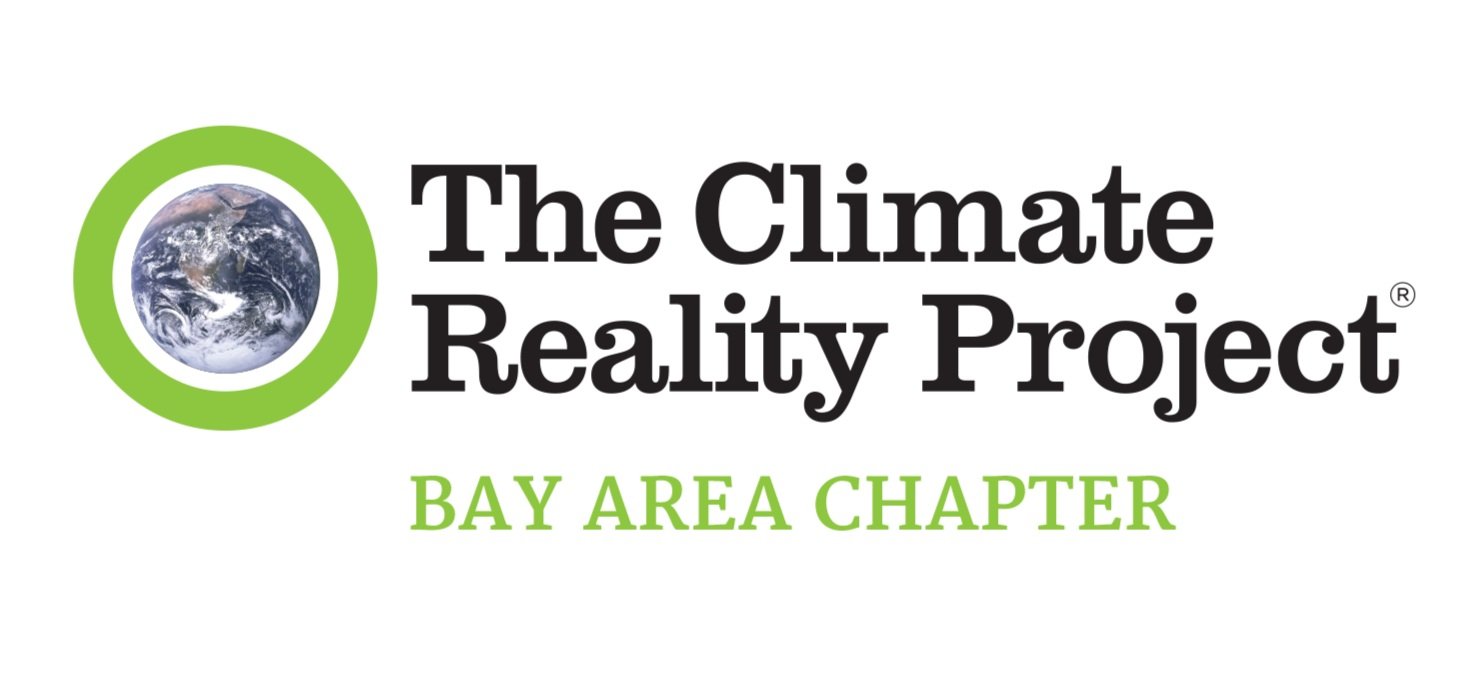CIVIL DISOBEDIENCE TO SAVE THE PLANET
In early June Bill McKibben wrote an article for the New Yorker in which he discussed civil disobedience and Gene Sharp’s methods of nonviolent action. That he requested readers familiarize themselves with Gene Sharp’s 198 methods of nonviolent action is something I agree with most profoundly.
Widespread, deep understanding of nonviolent action is imperative to saving this planet. That we might need the same set of skills to battle this administration’s impulses to change federal climate policies means the timeline to mastery is short.
So, let’s get to it.
At the foundation of Gene Sharp’s research is the understanding that political power is granted through consent from the people. Without that consent, the powerful fall. So withdrawing our consent from all who do not put the planet first is a necessary first step.
But as we all know, some actions flash to life, fearsome and ferocious, but fizzle away without achieving long-term change. During the first year of this administration it seemed there was a march every weekend, for science, or women, or the planet, or children kept in cages.
But, nothing moved, nothing changed.
The administration remained in power.
Expressing outrage week after week, while reassuring those of us in the streets we were not alone in our anger, did nothing to truly threaten the Republicans overlooking his abuses and propping up his power. The lack of result was profoundly frustrating. As a result, the protests slowly shrank, then fizzled away.
I’ve spent an inordinate amount of time trying to figure out why some actions lead to change, grow to become successful campaigns, and why others don’t.
Why, when 7 in 10 people in the United States believe climate change should be addressed now, are we unable to muster up sufficient nonviolent force to enact the requisite change?
Why, when the administration’s motivations were so brazenly displayed, were we unable to bring the necessary pressure to bear on those who could rein it in?
I’ve come to believe any effective campaign depends upon a comprehensive strategy encompassing a variety of nonviolent actions and tactics to bring pressure to bear on very specific targets, with crystal clear goals. To do so means determining who, exactly, we are trying to communicate with for every action and why. Is it the public? The media? The power holders? Is it those who enable the powerful?
What are we trying to tell them, specifically?
How can we best do that?
Sharp’s list is a very good place to start. The 198 methods of nonviolent action break down into three broad categories:
• protest and persuasion
• noncooperation
• intervention
A number of the actions in the first category, protest and persuasion, are what people most often think of when they hear the term nonviolent action: protests and speeches, banners and singing, walkouts and slogans. But the category is far broader and nuanced than that.
Multiple forms of formal statements, communications with a wider audience, group representations, public acts, pressure on individuals, drama and music, processions, honoring the dead, public assemblies, and withdrawals and renunciation fall under the nonviolent methods encompassed in protests and persuasion.
Generally, these actions are geared toward raising awareness of an issue, focusing attention on it, and of convincing others that nonviolence is the route to addressing it.
Intended to attract attention, the actions are, for the most part, about persuading others to join the cause. And, because the foundation of every successful campaign is the active involvement of three and a half percent of the population who share a common understanding of the issues, and a willingness to stand for them, the actions in this first category play a large part in getting any campaign off the ground.
But they, alone, cannot achieve large-scale change. We know this.
More of us believe climate change needs to be addressed, than don’t. But that knowledge has not yet resulted in the requisite action.
We have to do more.
We need to build a campaign, targeting the weakest points of the fossil-fuel, anti-climate change power structure to take it down. We need to understand what noncooperation of all kinds looks like. We need to know what nonviolent intervention entails and when it is called for.
To that end, I will dig into Gene Sharp’s methods of nonviolent noncooperation in my next blog.
Josey Goggin is a former architect, an academic, and a writer. You can find her blogging about nonviolent action at JoseyGoggin.com.
